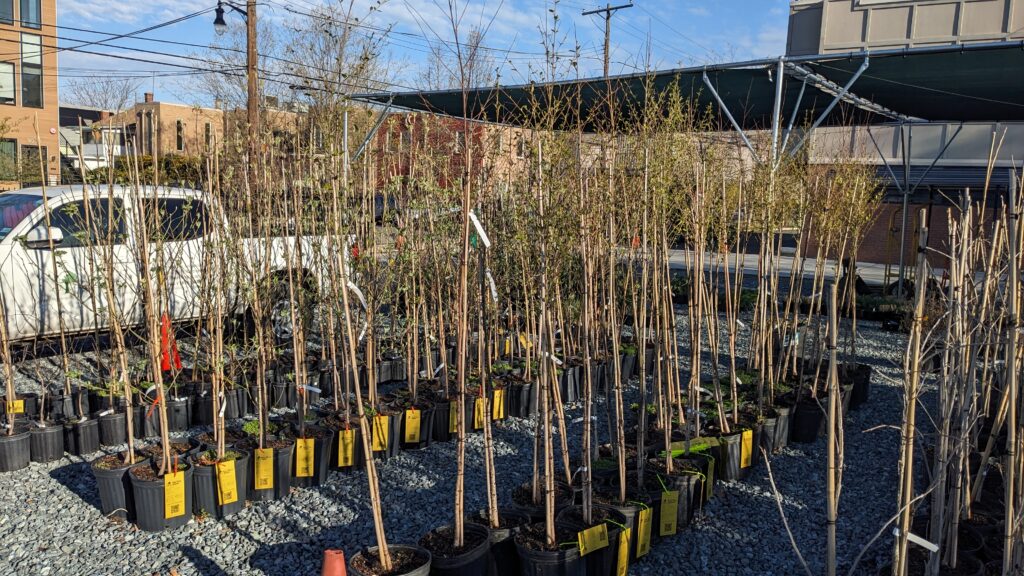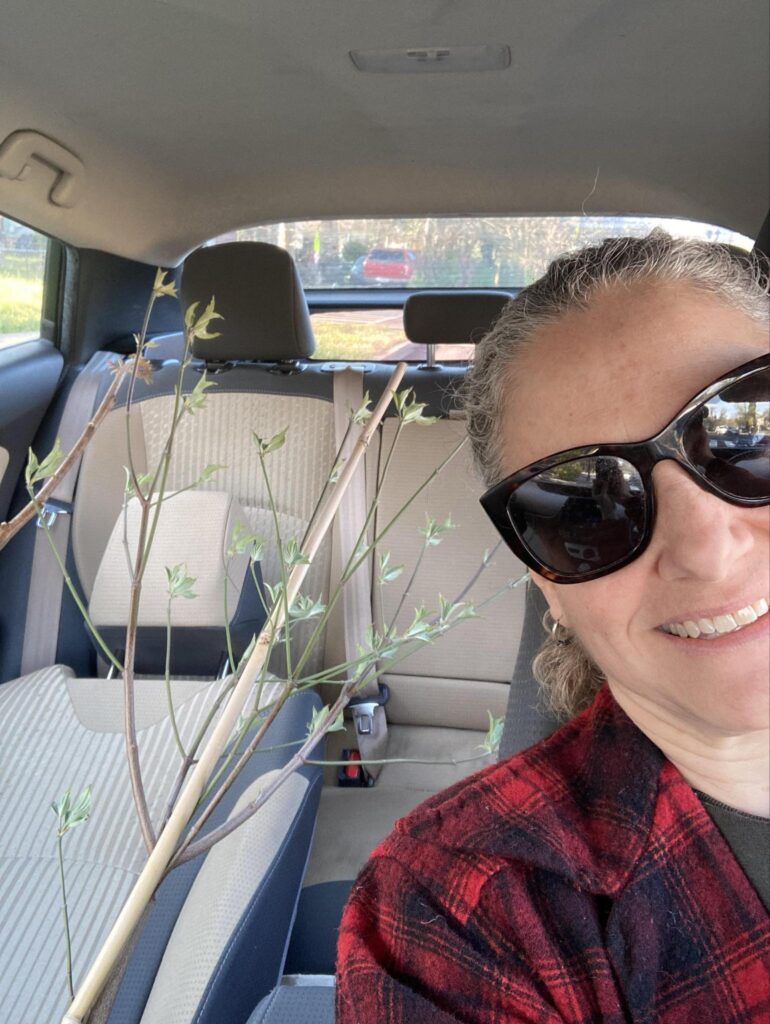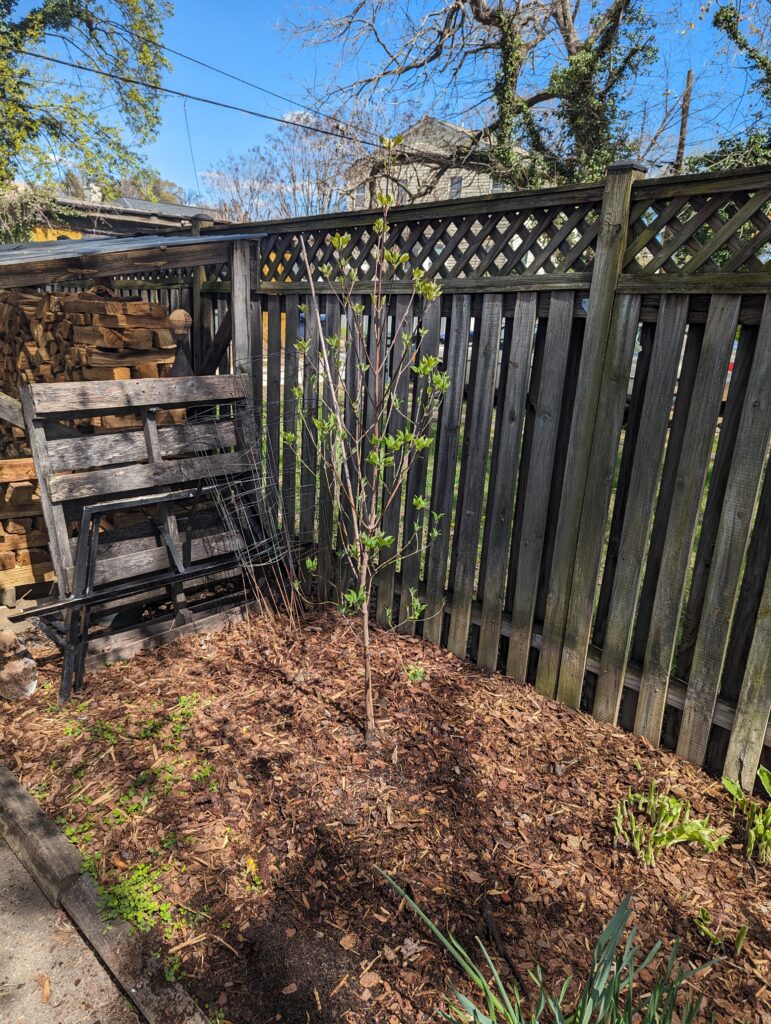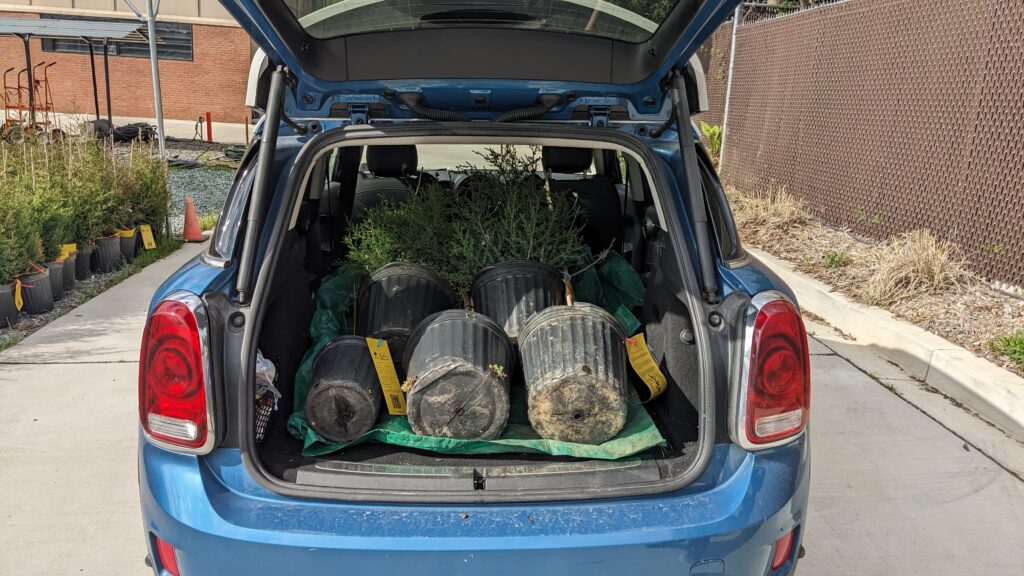THE LEAFLET
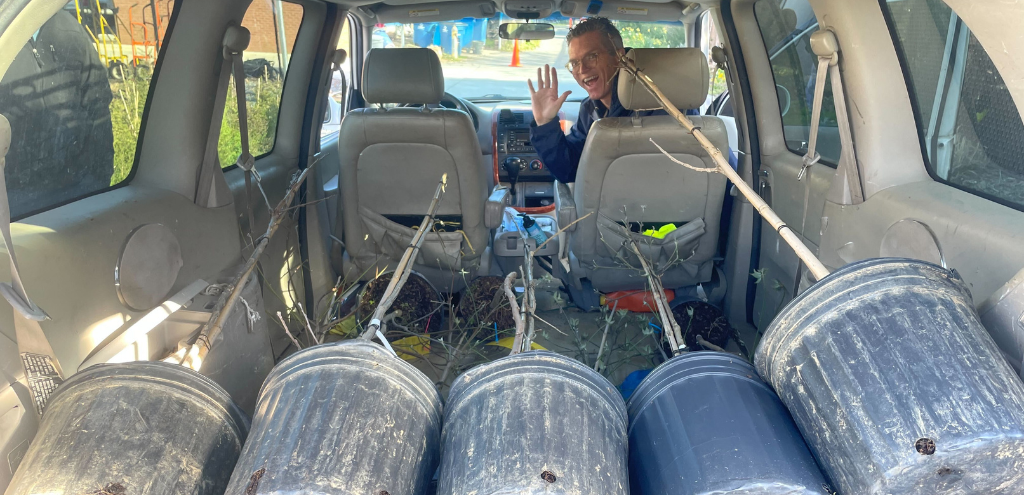
We Gave Away 200 Trees!
The tree giveaway has concluded, and we’re thrilled to share that over 200 trees have been distributed to enthusiastic tree lovers! And all within just two days! These saplings are now finding new homes in yards across Washington, DC, where they’ll provide shade and environmental benefits for years to come!
Participants in the tree giveaway had the opportunity to choose from six carefully curated tree species: Bur Oak, Eastern Red Cedar, Eastern Redbud, Flowering Dogwood, Staghorn Sumac and River Birch. These species were specifically selected for their suitability to the urban environment of our District. Each species is known for its ability to thrive in local conditions and contribute to the city’s greenspaces. We also plant many of these species for FREE, or you can qualify for our rebate program if you choose to plant them yourself. This ensures that residents can continue to enjoy the benefits of these well-adapted trees in their own yards.
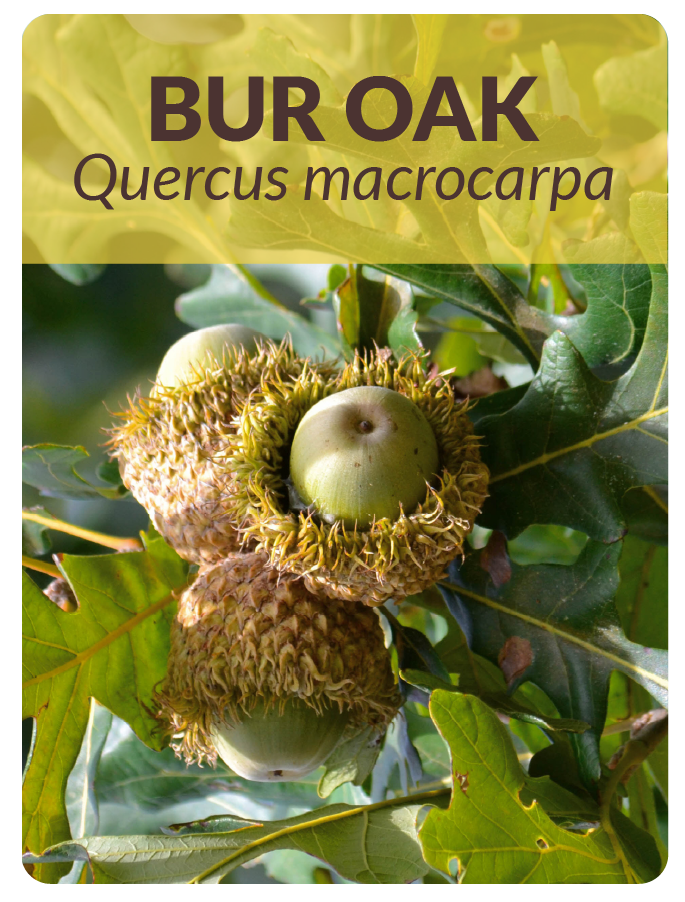 The bur oak is an incredibly distinct, almost prehistoric-looking shade tree with dark, thick, ornate bark resembling wings adorning its trunk and branches. This tough tree tolerates poor air and soil conditions. Native Americans used its inner bark for varied medicinal purposes.
The bur oak is an incredibly distinct, almost prehistoric-looking shade tree with dark, thick, ornate bark resembling wings adorning its trunk and branches. This tough tree tolerates poor air and soil conditions. Native Americans used its inner bark for varied medicinal purposes.
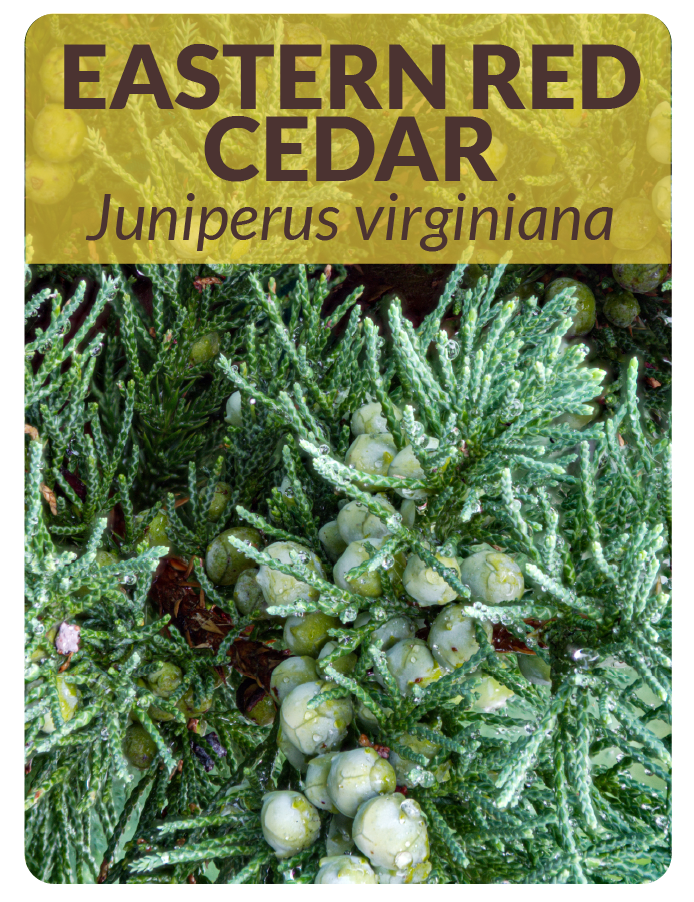 Often seen colonizing abandoned farm fields just outside DC, the red cedar is an evergreen tree with beautiful reddish-brown bark and small cones that are eaten by birds and other wildlife. Red cedars are very low to no-maintenance and can thrive in urban soils.
Often seen colonizing abandoned farm fields just outside DC, the red cedar is an evergreen tree with beautiful reddish-brown bark and small cones that are eaten by birds and other wildlife. Red cedars are very low to no-maintenance and can thrive in urban soils.
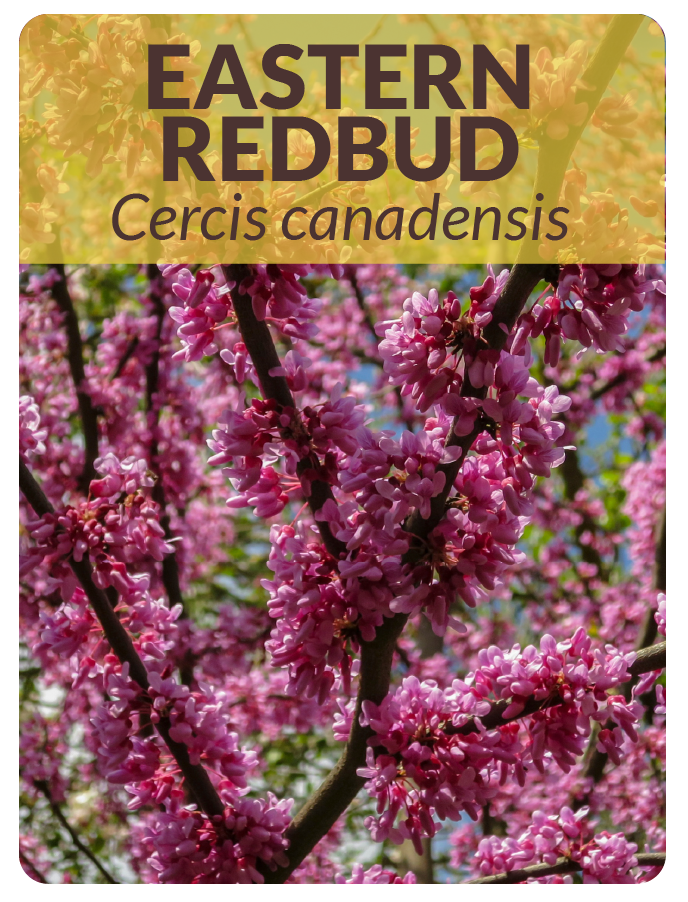 A local favorite found in forests, fields, and yards – the redbud has beautiful pink and purple spring flowers, large heart-shaped leaves. and attractive seed pods that release small dark seeds in the fall. Redbud is often used as a garden accent under the shade of larger trees.
A local favorite found in forests, fields, and yards – the redbud has beautiful pink and purple spring flowers, large heart-shaped leaves. and attractive seed pods that release small dark seeds in the fall. Redbud is often used as a garden accent under the shade of larger trees.
 With showy, fragrant, white flowers, the flowering dogwood is a small tree found in gardens and yards throughout the DC area. Its red berries are prized by wildlife and its flowers attract pollinators such as bees and butterflies.
With showy, fragrant, white flowers, the flowering dogwood is a small tree found in gardens and yards throughout the DC area. Its red berries are prized by wildlife and its flowers attract pollinators such as bees and butterflies.
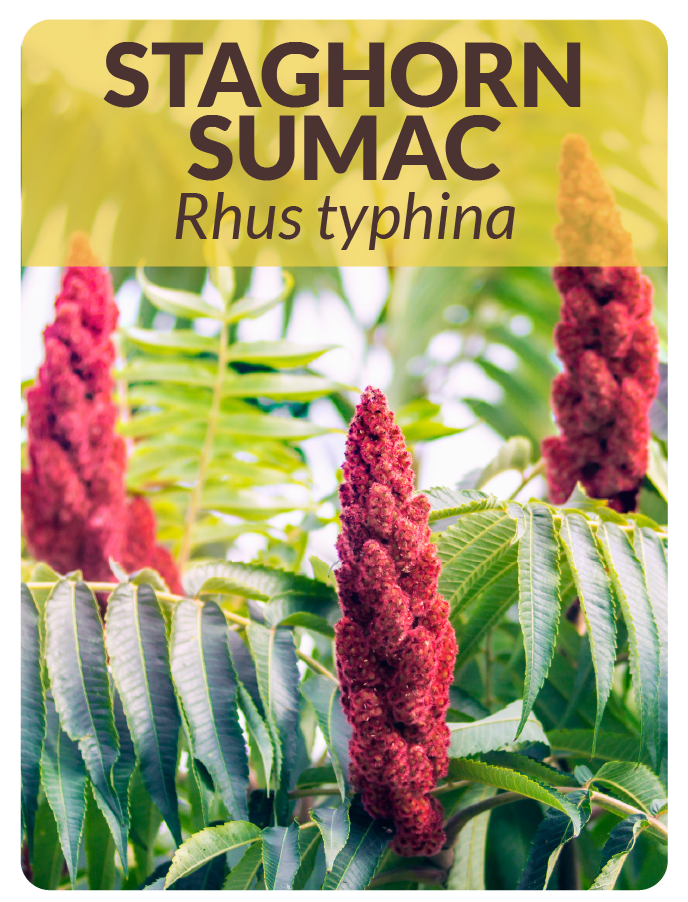 The staghorn sumac is the largest of the North American sumacs. It is native to woodland edges, roadsides, railroad embankments and stream/swamp margins. It is particularly noted for the reddish-brown hairs that cover the young branchlets in somewhat the same way that velvet covers the horns of a stag (male deer), hence the common name. It is also noted for its ornamental fruiting clusters and excellent fall foliage color.
The staghorn sumac is the largest of the North American sumacs. It is native to woodland edges, roadsides, railroad embankments and stream/swamp margins. It is particularly noted for the reddish-brown hairs that cover the young branchlets in somewhat the same way that velvet covers the horns of a stag (male deer), hence the common name. It is also noted for its ornamental fruiting clusters and excellent fall foliage color.
 River birches are known for their distinct peeling bark, golden-yellow fall foliage, and their ability to tolerate difficult urban conditions. Its ornamental bark is particularly striking after its leaves drop in autumn and are commonly found in gardens and yards throughout the city.
River birches are known for their distinct peeling bark, golden-yellow fall foliage, and their ability to tolerate difficult urban conditions. Its ornamental bark is particularly striking after its leaves drop in autumn and are commonly found in gardens and yards throughout the city.
We’re grateful for the community’s participation in this meaningful event and for making a positive impact on our local ecosystem. If you missed out on this giveaway, keep an eye out for future opportunities or consider applying for a free consultation with our arborists for planting this fall. Thank you for helping to nurture Washington, DC’s lush greenspaces!



